Far away from College days many of us like to watch housewives. A girl looks more beautiful after 2 to 3 yrs of marriage. Compare to other countries indian housewives are more attractive and Cute. Regionally Indian housewives are divided into various categories such as mallu aunties, Bengali boudis, Oriya bahu, Punjabi bhabi, marwadi boudis or Marathi bainis. Personality of a housewife varies from location to location. While punjabi boudis are more sexy, bengali boudi are more beautiful. In this Indian Blog for housewives lovers here we are sharing all kinds of Indian Housewives Photos.
Photographs of Indian housewives serve as both a mirror and a window—reflecting societal norms while offering glimpses into individual lives. They reveal the quiet strength of women who uphold households with little recognition, while also documenting the changing contours of their roles in a rapidly modernizing society. By capturing these stories with empathy and respect, photographers not only preserve history but also challenge viewers to see housewives as more than just background figures in the narrative of Indian life. As visual culture continues to evolve, the representation of these women will play a crucial role in shaping perceptions and fostering greater equity.

Today million of Housewives are interested in Video making and modeling. In Facebook you noticed their are several modeling photos and videos shared by pure indian housewives. Really beautiful job they do. During free-time it’s a good practice to watch these fun videos in facebook or instagram. YouTube is also a awesome platform to earn and share videos. After viral many housewives are earning good from Video making.
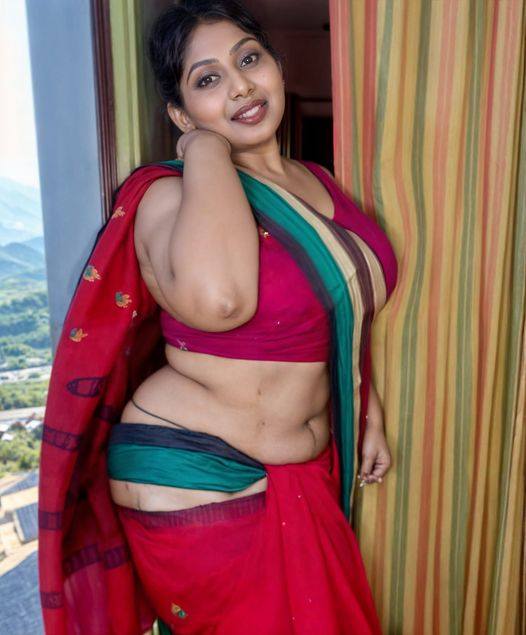
Friendship with Indian Housewives
Friendship with housewives helps to reduce stress. In Hindi a housewife friend called as “Saheli”. From the golden age of India, World knows lord Krishna loves housewives. During he is in Gopa there are many Gopis worked as his Saheli. A good housewife helps to balance the life better.

Happy Friendship is healthy Friendship. If everythings goes well, Housewives are best Friends. They are matured and fun loving. While maintaining friendship with a housewife make sure you respect her or else in long-term the relationship turn towards break-up.
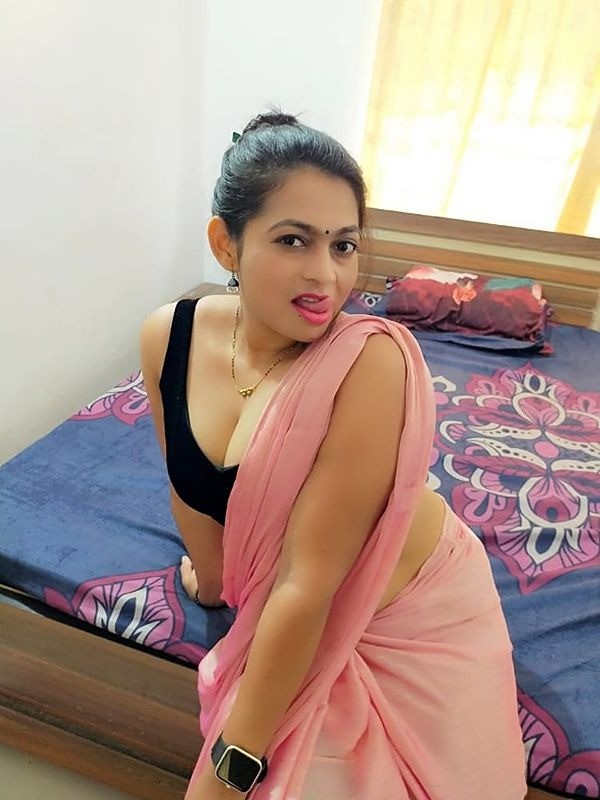
Compare to girls housewives are more responsible. They understood the situation well. In decision making housewives are more cleaver. Sometime we think better than us. The casue their are many “MATRUKENDRIK” families in globe.
The Charm of Salwar Kameez
The salwar kameez is a versatile outfit that blends comfort with aesthetics. Consisting of a long tunic (kameez), loose trousers (salwar), and a dupatta, it is a preferred choice for housewives due to its practicality and elegance. The flowing fabric and intricate embroidery highlight the wearer’s poise, while the variety of designs—from Anarkali to straight-cut suits—offer endless styling options.
Indian housewives often opt for vibrant colors like peacock blue, emerald green, and deep maroon, which complement their complexion. Whether attending family gatherings or performing household chores, the salwar kameez ensures both ease and elegance.
The Timeless Allure of the Indian Housewives in Saree
The saree, a six-yard wonder, is the epitome of Indian femininity. Its draping styles vary across regions, yet each fold enhances the wearer’s grace. Housewives effortlessly carry this attire, whether in cotton for daily wear or silk for special occasions. The pallu, carefully pleated and pinned, cascades beautifully, while the blouse accentuates the silhouette.
Traditional sarees like Banarasi, Kanjeevaram, and Chanderi are popular among Indian homemakers for their rich textures and intricate patterns. Pastel shades and floral prints are favored for casual wear, while bold hues like red and gold dominate festive occasions. The saree’s versatility allows housewives to transition seamlessly from kitchen duties to social events without compromising on style.
Their are many popular Facebook groups from where you can reach fun loving housewives.
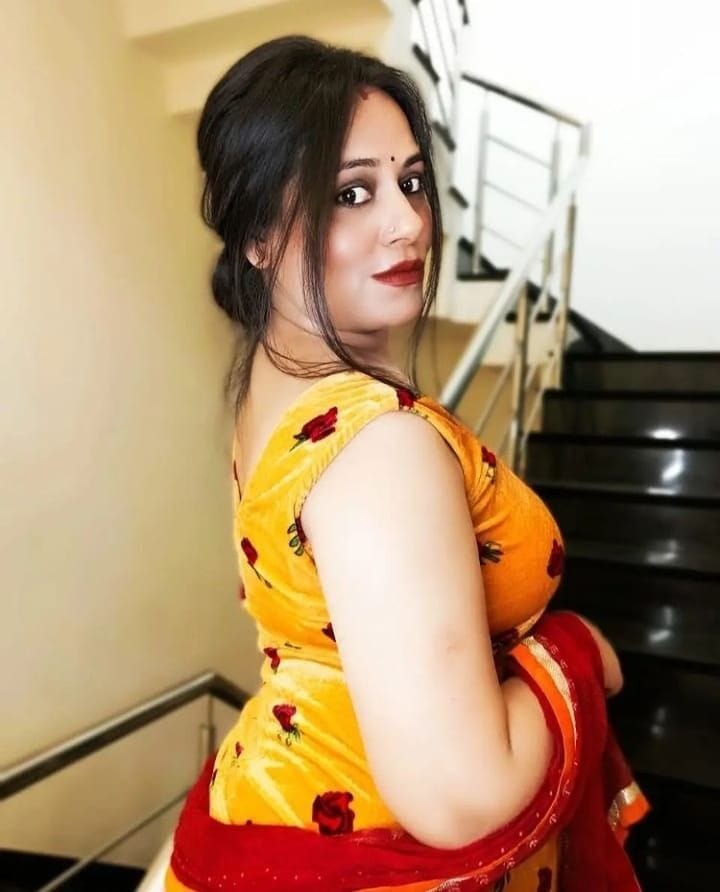
Housewives loves Gift. If you have friends in this category Gift them Cosmetic N Spa Hampers, Personalised Gifts, Flowers, Cakes, Combos, makeup box, Sarees, lipstick, Jewllary or a anklet. In birthday or marriage anniversary parties you can Gift them cholates or sweets too. Compare to other gifts indian housewives are more seek to Saree, Jewllary and Dresses.
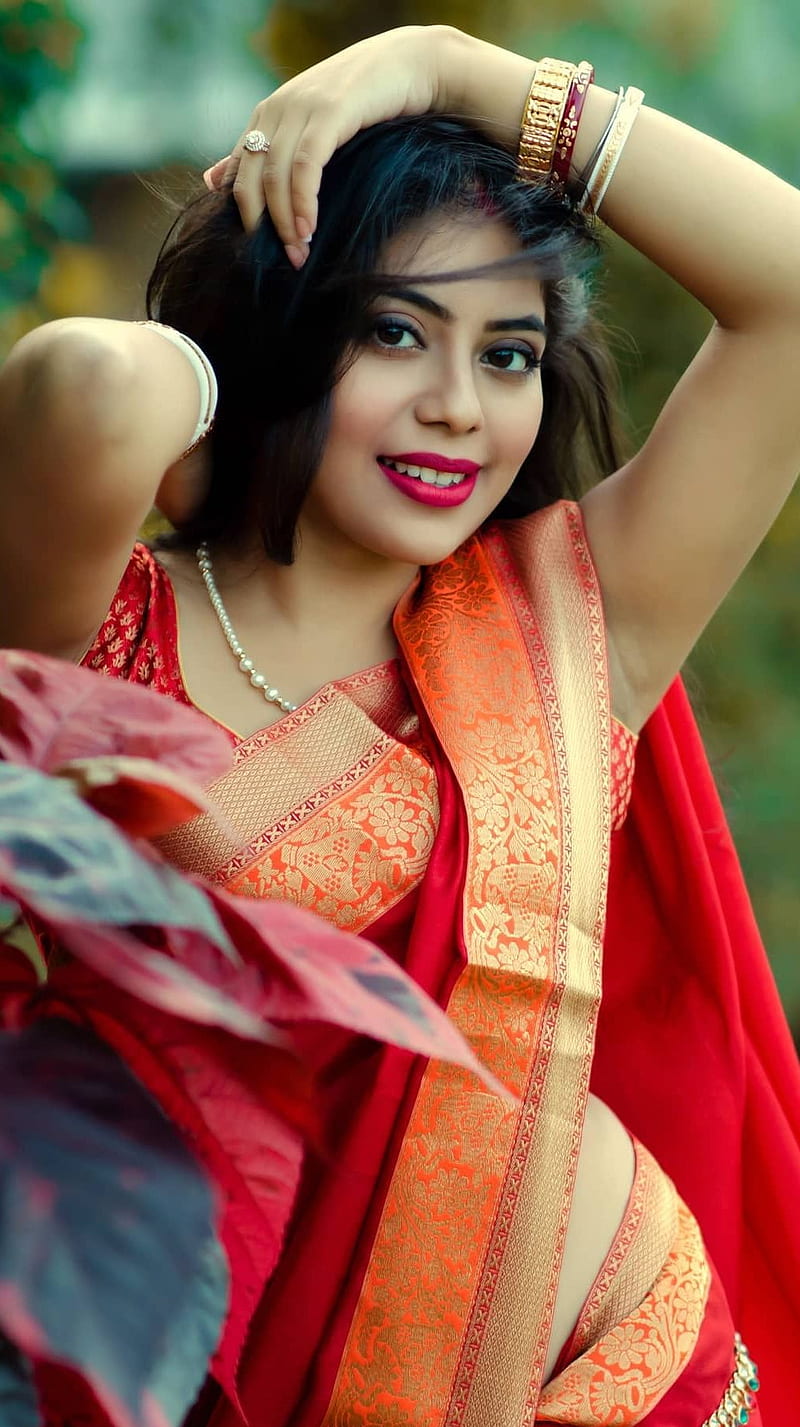
Travelling with a housewife brings ultimate pleasure. During the trip make sure you are caring her the best. Try to full fill all her wishes. To have a happy journey make her happy. If she is happy that effects on your happiness. Never cheat a housewife. It was noticed those cheated housewives they don’t have a good friend.
The Cultural Significance of Sarees for Indian Housewives
Historical roots of saree wear among Indian women
The saree dates back thousands of years in India. It started as simple drapes that covered women’s bodies modestly. Over time, the saree became a symbol of cultural identity. Each region developed its own style of saree and draping. These traditions are still alive today, connecting women to their roots.
Symbol of grace, dignity, and cultural identity
Wearing a saree instantly adds an air of elegance. It is seen as a mark of respect and dignity, especially for housewives. It reflects a woman’s pride in her culture and heritage. Many women feel more confident and proud when dressed in a traditional saree.
Saree as a daily wear and special occasion attire
Some women wear sarees every day, especially in villages or traditional settings. Others reserve them for festivals, weddings, or religious events. Daily sarees are usually simple and comfortable, while festive ones are more ornate and colorful. Both styles highlight the importance of the saree in Indian life.
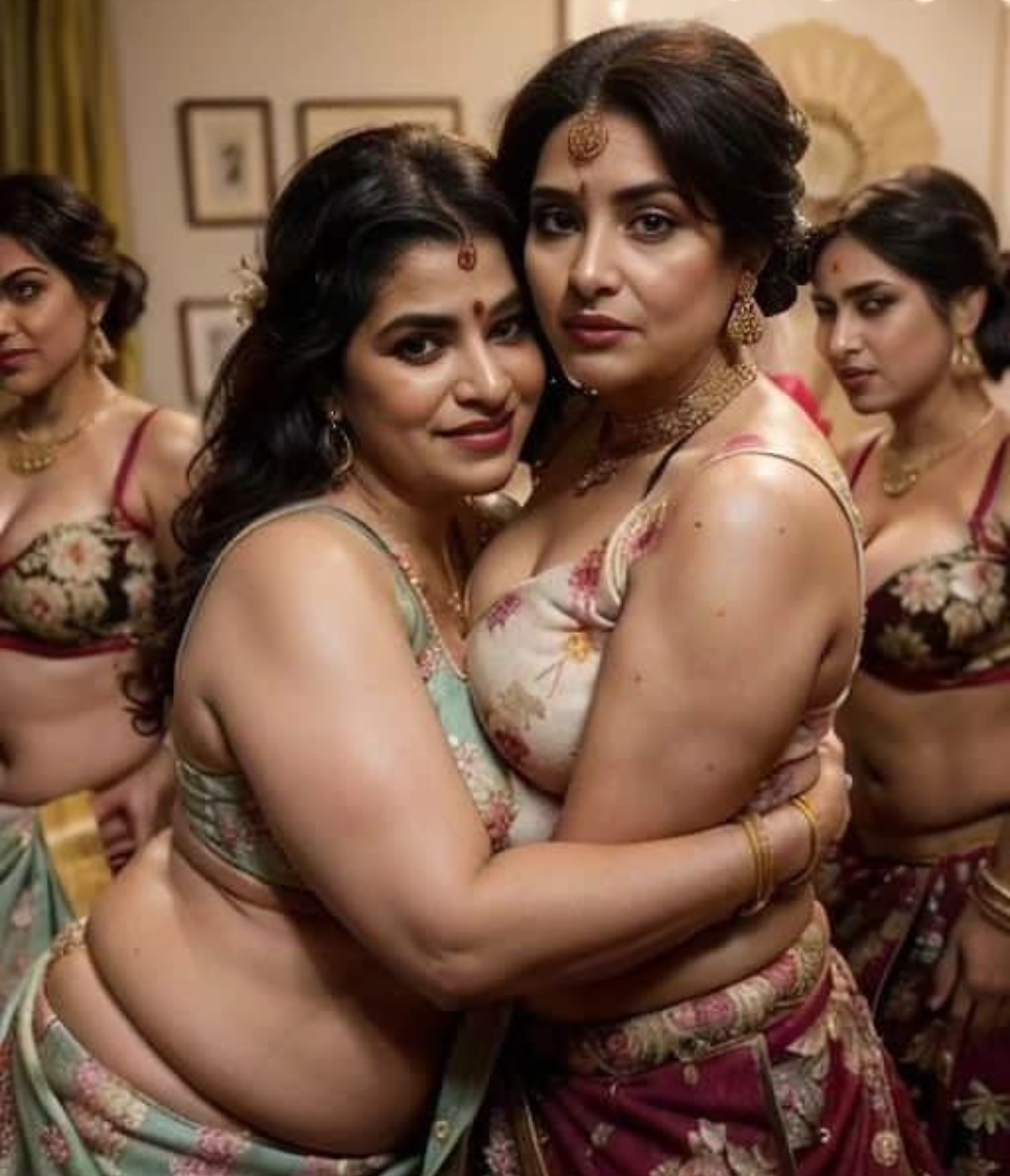
Fashion and Style Tips for Housewives in Saree
Choosing the right saree for daily wear – Focus on comfort and ease. Cotton or lightweight fabrics are best. Pick simple designs that are easy to drape. Avoid heavy embellishments if you plan to wear it daily.
Accessories and embellishments – Pair sarees with matching jewelry and blouses. Keep footwear simple and comfortable. Adding a waist belt or trendy earrings can elevate the look without overdoing it.
Maintaining sarees for longevity – Use gentle washing methods for delicate fabrics. Store sarees properly to avoid damage. Repair any tears or loose threads early. Good maintenance keeps sarees looking beautiful for years.
Incorporating contemporary trends while respecting tradition – Mix modern blouses or belt designs with traditional sarees. Play with colors, fabrics, and accessories. This balance helps women feel traditional but also fashionable.
Challenges Faced by Housebound Indian Housewives in Sarees
Comfort and mobility issues – Wearing sarees all day might feel restrictive. Opt for lighter fabrics and simple draping techniques. Practice sitting and moving comfortably.
Social perceptions and cultural expectations – Some women feel pressure to wear sarees to meet cultural norms. However, comfort and personal choice matter. Women should wear what makes them feel good.
Practical tips for long hours in saree – Choose breathable fabrics like cotton or chiffon. Use practical draping techniques for better movement. Keep accessories minimal for ease.
Are you really seeking for a housewife friend? Today many websites are providing housewives whatsapp number. Search in google and whatsapp her with a cool message. Also using Facebook you can have many friends.
The Role and Representation of Indian Housewives in Photography
Photography has long been a powerful medium for storytelling, capturing moments that reflect cultural, social, and personal narratives. Among the many subjects that photographers explore, the lives of Indian housewives have been documented in ways that reveal both tradition and transformation. These images serve as visual records of their daily routines, struggles, and resilience, offering insights into a role that is often overlooked despite its significance in Indian society.
The Cultural Context of Indian Housewives
In India, the role of a housewife is deeply intertwined with cultural expectations. Traditionally, women have been the primary caretakers of the home, responsible for cooking, cleaning, childcare, and managing household finances. While urbanization and education have brought changes, many women continue to embrace this role, balancing modernity with age-old customs.
Photographs of Indian housewives often depict them in sarees or salwar kameez, engaged in chores like grinding spices, kneading dough, or tending to children. These images highlight the labor-intensive nature of their work, which is frequently undervalued in economic terms. Yet, they also showcase the dignity and grace with which these women carry out their responsibilities.
Evolution of Representation Over Time
Early photographs of Indian housewives, often taken during the colonial era, were largely ethnographic, framed through a Western lens that exoticized their lives. Post-independence, Indian photographers began capturing more intimate and authentic portrayals, emphasizing the emotional and social dimensions of their subjects.
Contemporary photography has taken this further, with artists using the medium to challenge stereotypes. Projects like “The Homemakers” by photographer Ritesh Uttam present housewives as individuals with dreams, frustrations, and agency rather than mere symbols of domesticity. Such works encourage viewers to reconsider the invisibility of unpaid domestic labor in national discourse.
The Intersection of Gender and Labor
A recurring theme in photographs of Indian housewives is the intersection of gender and labor. Many images subtly critique the unequal distribution of household duties, where women spend hours cooking and cleaning while men are rarely seen sharing the burden. Some photographers deliberately contrast the vibrant colors of a housewife’s attire with the monotony of her tasks, emphasizing the disconnect between cultural glorification and daily reality.
Documentary-style series have also highlighted the plight of rural housewives, who often perform additional labor like fetching water or working in fields. These visuals underscore how socioeconomic factors compound the challenges faced by women in domestic roles.
The Emotional Landscape
Beyond labor, photography has been instrumental in capturing the emotional world of Indian housewives. Candid shots of women sharing laughter with neighbors, stealing a moment of solitude, or gazing pensively out of a window reveal the complexities of their inner lives. Such images counter the stereotype of the “silent, suffering” housewife, instead portraying them as multidimensional individuals.
Projects like “Kitchen Talks” by photographer Nandini Valli explore the kitchen not just as a workspace but as a site of bonding, where generations of women exchange stories and wisdom. These photographs celebrate the quiet resilience and camaraderie that often go unnoticed.
The Influence of Modernity
With increasing education and employment opportunities, the definition of an Indian housewife is evolving. Some photographers focus on working women who juggle careers and home duties, challenging the notion that domesticity is their sole identity. Images of women in corporate attire returning to cook dinner or helping children with homework reflect this shifting dynamic.
However, modernization has not erased traditional expectations. Many working women still face societal pressure to prioritize household responsibilities, a tension that photographers like Sooni Taraporevala have depicted through poignant visual narratives.
The Ethical Consideration of Representation
While photography can amplify voices, it also raises ethical questions. Documenting housewives, especially in vulnerable or private moments, requires consent and sensitivity. Some photographers collaborate with their subjects, allowing them to shape their own narratives rather than being passive figures in a frame.
Additionally, there is a fine line between representation and exploitation. Images that romanticize poverty or reduce women to cultural symbols risk perpetuating stereotypes. Responsible photography should aim for authenticity, giving housewives agency in how their stories are told.
Conclusion
Indian housewives in salwar kameez and saree embody timeless beauty and cultural pride. These attires, with their intricate designs and graceful drapes, enhance their natural charm while honoring tradition. Whether in the simplicity of a cotton saree or the grandeur of an embroidered salwar suit, their elegance remains unmatched. The enduring appeal of these garments lies in their ability to adapt to changing times while preserving the essence of Indian womanhood. Their beauty, both in attire and demeanor, continues to inspire admiration across generations.
60 beautiful Indian Housewives Photos
Indian beauties are well popular for their figure and costume. Many of us like to watch beautiful photos of housewives. The cause here in below I am sharing more then 50+ pure Indian Housewives Photos.



























































